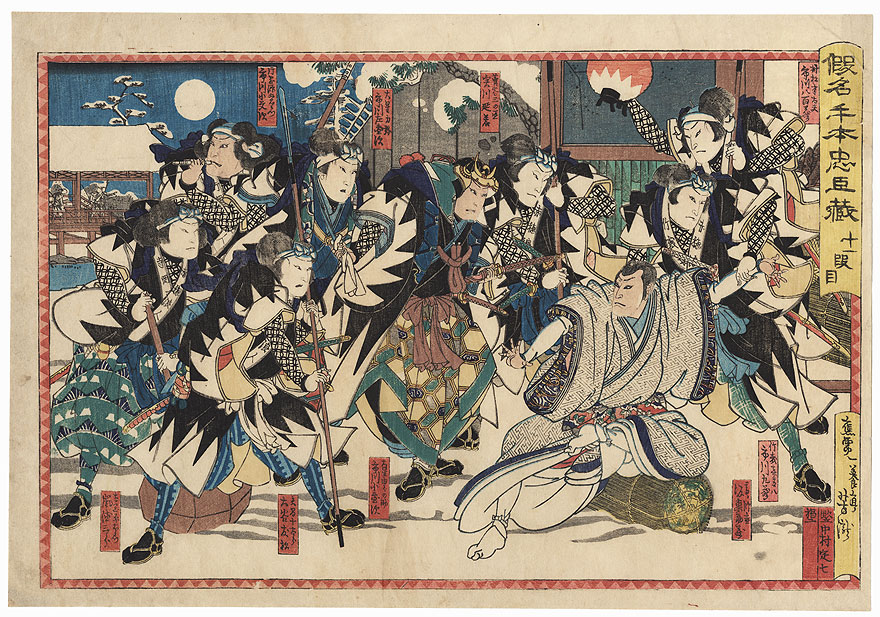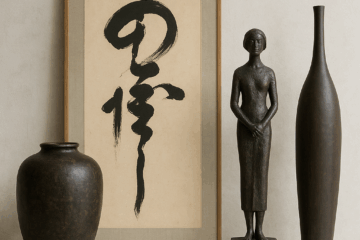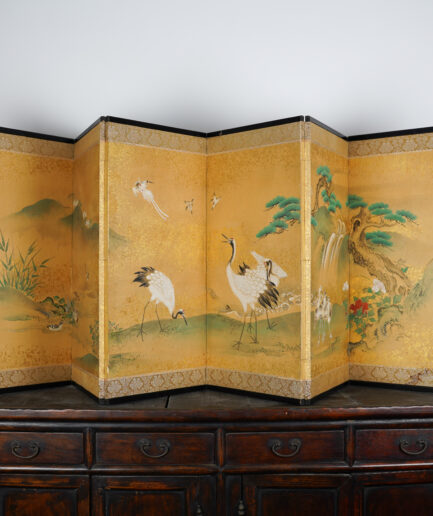A part of the life of a Japanese warrior
Samurai viewed art as a means of expressing their culture, their belonging to a clan or family, as well as a way to improve themselves as warriors.
They were particularly interested in so-called martial arts (metalworking and forging: armor, helmets, swords, sword mounts, etc.) but also in traditional arts such as poetry, calligraphy, painting, ceramics, and music. In fact, they often practiced these as a form of meditation.
Furthermore, owning and displaying works of art was considered a sign of wealth and high social status, which was important to samurai.
A distinctive aesthetic
Samurai aesthetics is a set of artistic values and principles that emerged in Japan during the samurai period (11th to 19th centuries). It is characterized by simplicity, elegance, determination, and dignity, which reflect the moral qualities and codes of conduct to which samurai were expected to adhere.
In art, this aesthetic manifests as a preference for clean forms, subtle colors, and delicate lines. Samurai also valued the use of symbols, such as birds or flowers, to suggest complex ideas and emotions. In general, the samurai aesthetic aims to create an atmosphere of calm and contemplation that reflects the profound Buddhist beliefs that influenced samurai culture, particularly Zen and Nichiren Buddhism.
Kogeiya's selection of samurai art
Each month I include a selection of works depicting samurai and pieces related to martial arts.
Feel free to check the shop regularly or subscribe to the newsletter
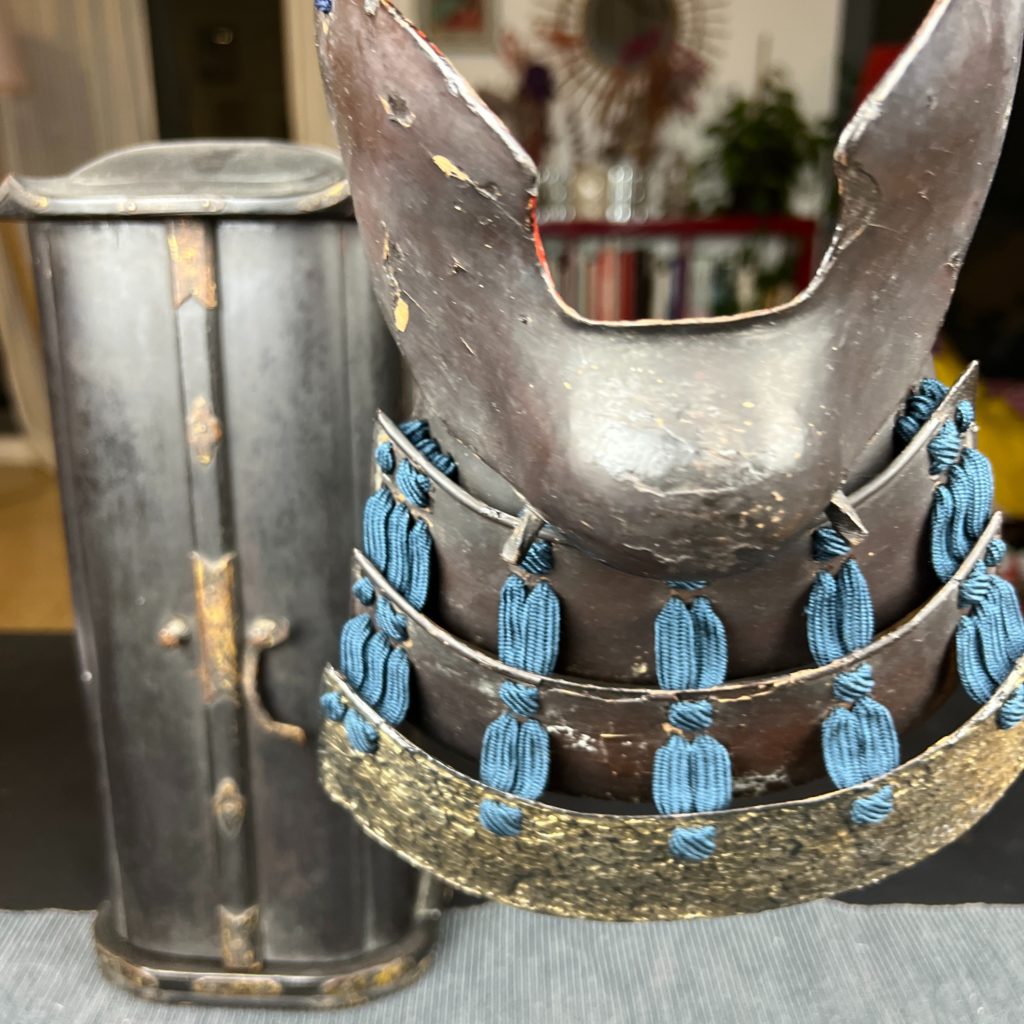
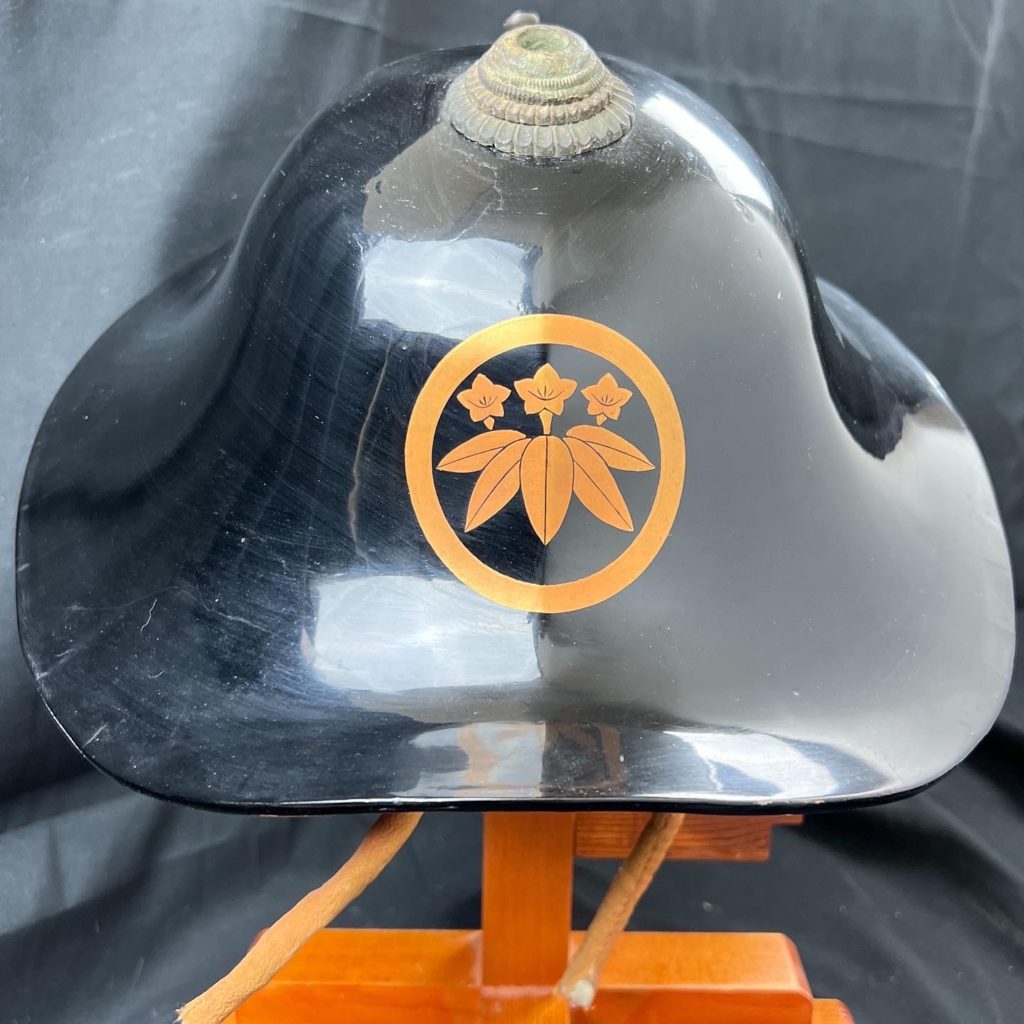
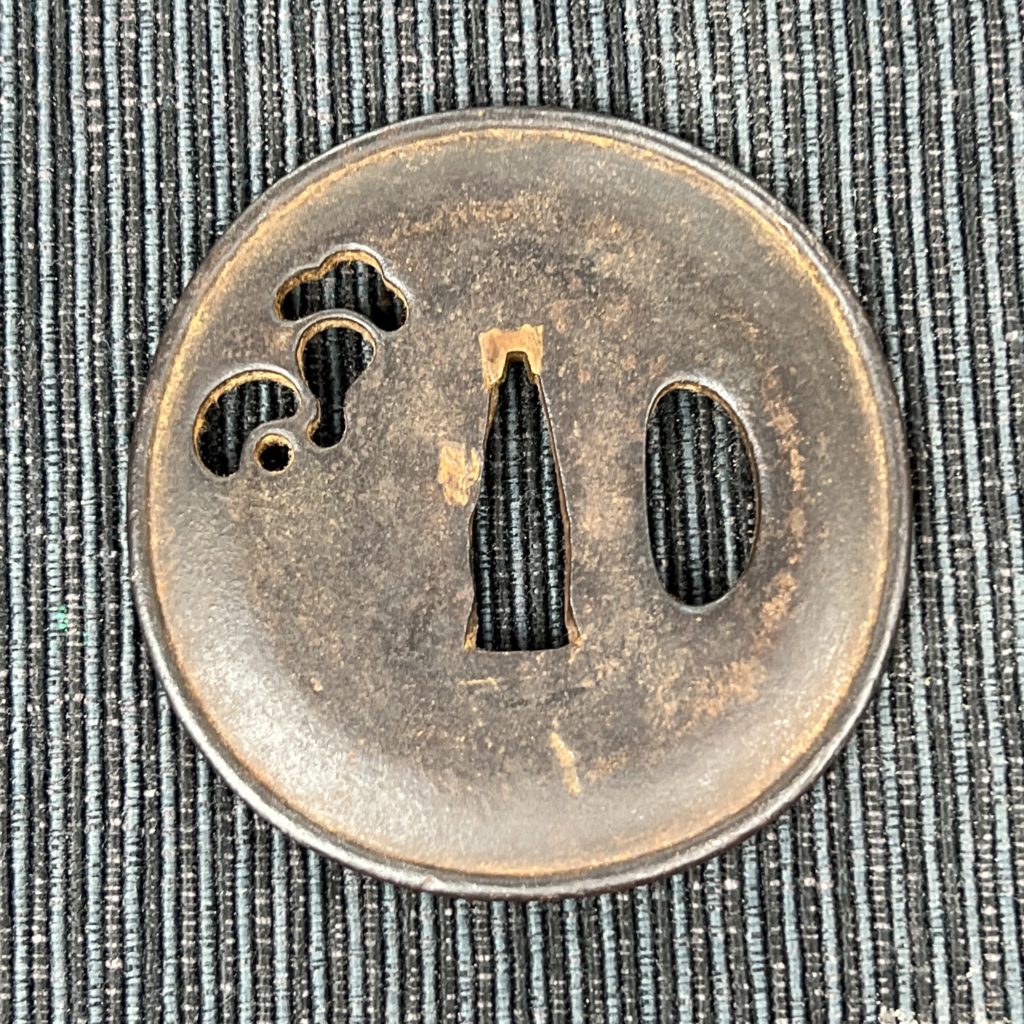
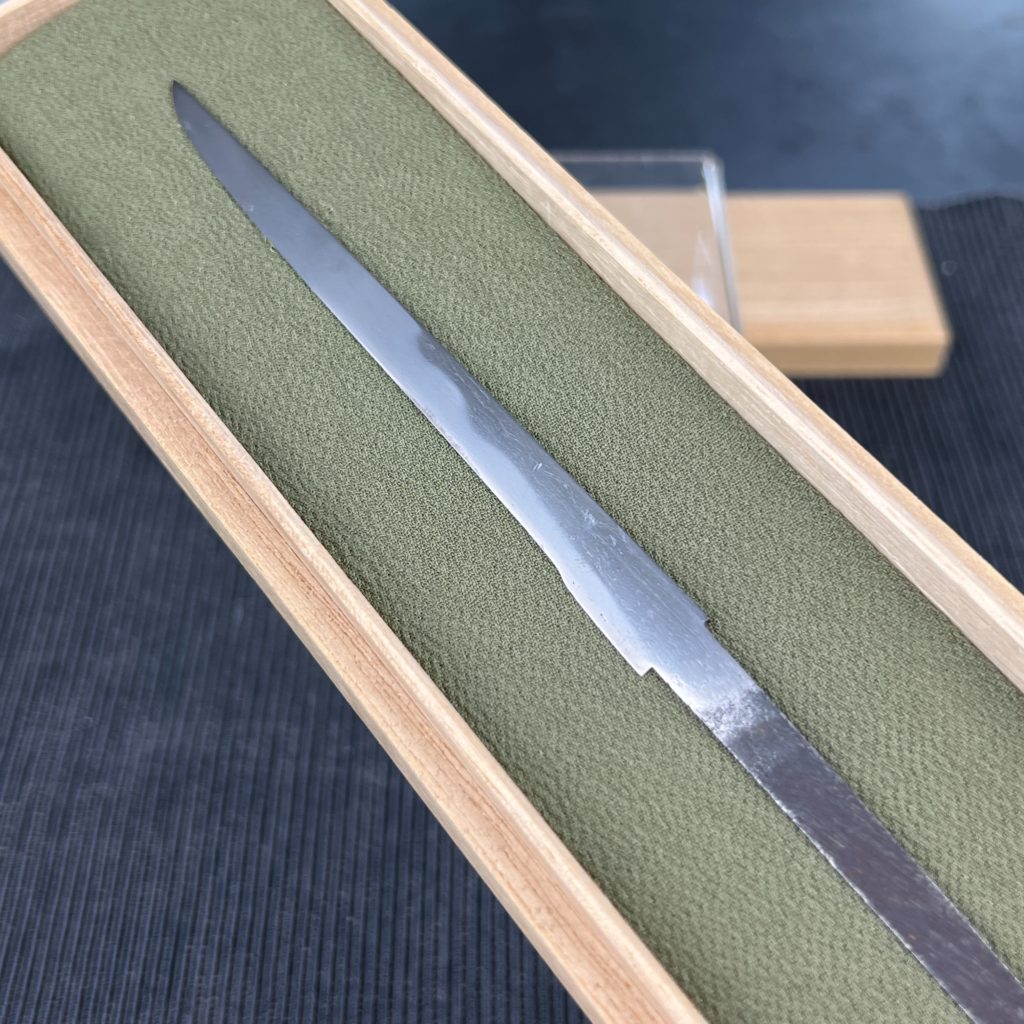
Of course, I am at your disposal if you are looking for a particular samurai item, and please feel free to contact me if you wish to organize a conference on a specific aspect of the martial arts. With pleasure.
Luc Hédin

